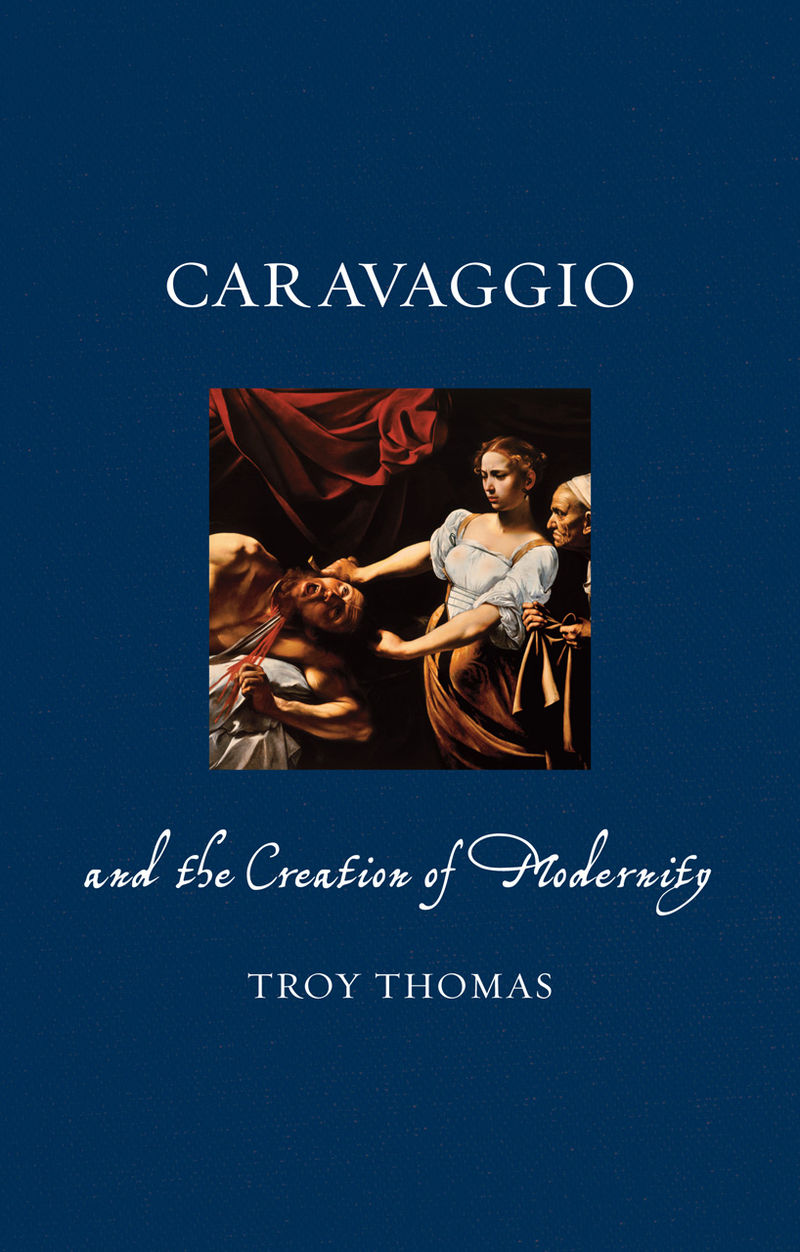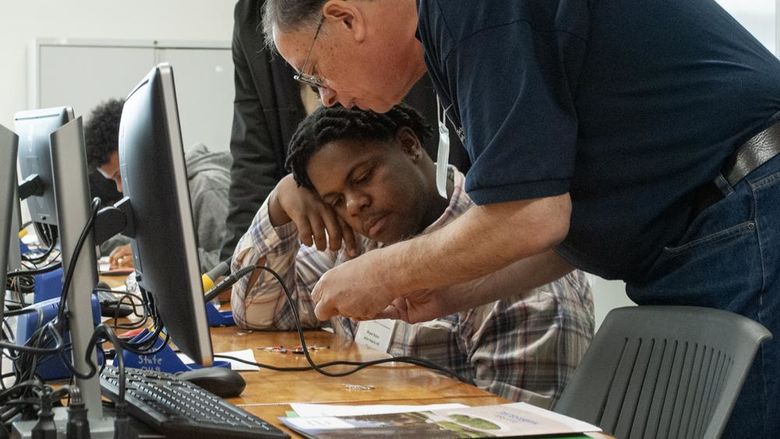MIDDLETOWN, Pa. — Troy Thomas, associate professor of art history and humanities in Penn State Harrisburg’s School of Humanities, recently had his book, “Caravaggio and the Creation of Modernity,” published by Reaktion Books, London, U.K. (October 2016, 256 pages).
Michelangelo Merisi da Caravaggio was among the greatest artists of the Baroque period of the 16th and 17th centuries. Considered one of the founders of modern painting, he is famous for creating a radically new kind of realistic art. He painted directly from life, without preparatory drawings, to establish a high realism in his work and a powerful and stark psychological expressiveness in his protagonists. His paintings defied conventions to such a degree that their meanings have divided critics and viewers for centuries, while inspiring generations of subsequent artists from Velázquez to Rembrandt.
In his book, Thomas examines Caravaggio’s life and art in relation to his most profound achievement: the creation of modernity. He explicitly focuses on the inherent tensions, contradictions and ambiguities in Caravaggio’s art. Structured thematically and chronologically, the book begins with an in-depth look at the artist’s early life and works, which establish and refine his realism, his dark settings, and his subtle and clever ambiguity of genre and meaning.
The book also describes Caravaggio’s mature religious works that eschew the theatrical stock poses and expressions of past art. Lastly, it delves into the artist’s final hectic years as Caravaggio wandered from city to city in southern Italy, avoiding the papal police after a sword fight in the streets of Rome.
“Caravaggio and the Creation of Modernity” is available at press.uchicago.edu and Amazon.com.






